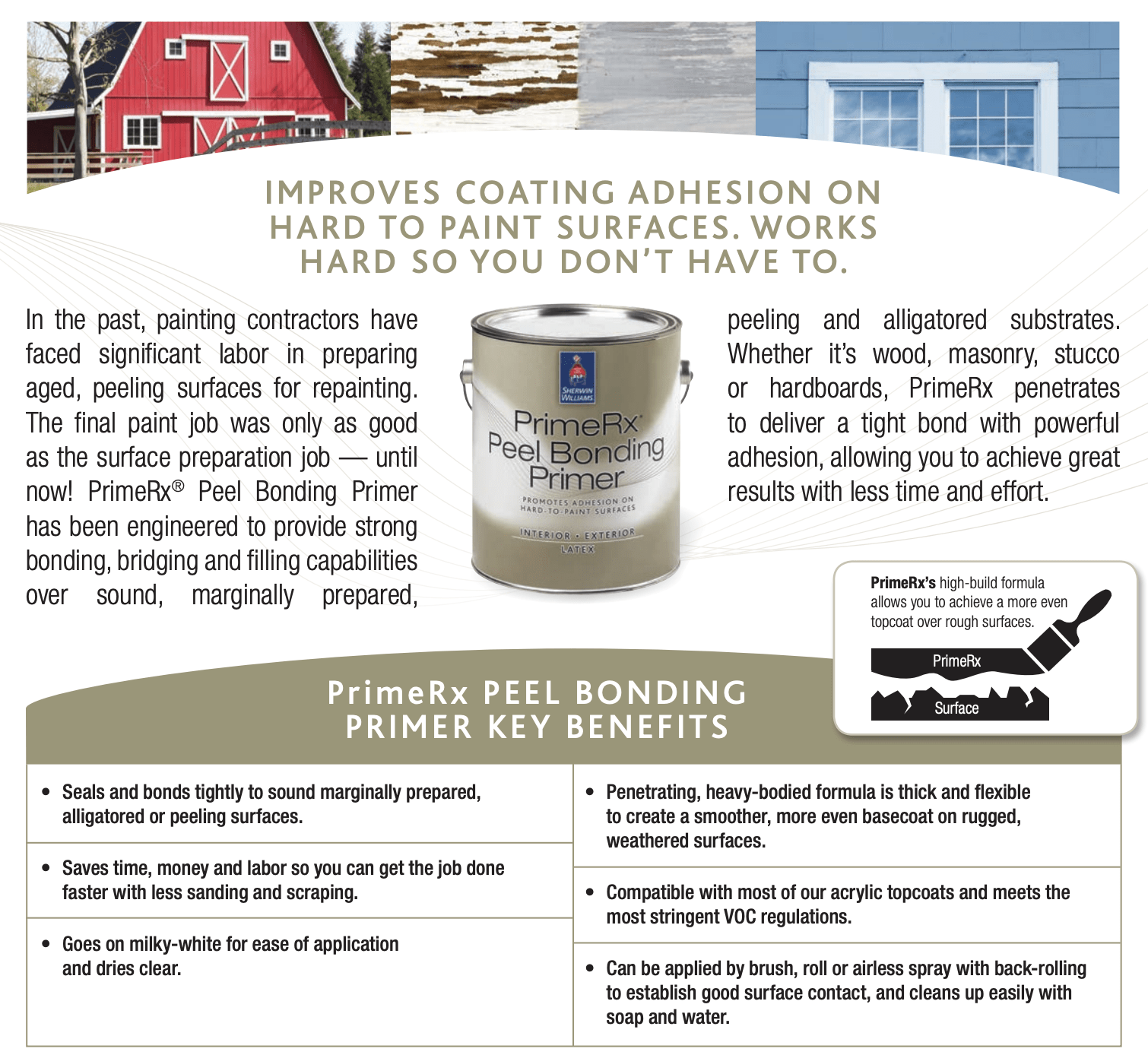Peeling Paint | Great Plains Painting
As painters we see a lot of peeling paint on Kansas City and Overland Park homes. We’ve been writing about prep work for painting homes these last weeks, and we’ll continue this week by exploring peeling paint, some reasons it can happen, and how we address it on our projects.
What’s Causing Paint to Peel
Paint is meant to bond to the surface it’s applied to. Paint we use contains chemical bonding agents to help it “stick” to surfaces. Peeling paint results from the paint losing it’s bond to the surface.
This can happen for a few reasons, and it can be difficult to pinpoint the exact one in some cases.
- Water/Moisture: if water gets behind the paint somehow and penetrates between the paint and the surface, that will break the bond
- Age: We see peeling frequently on homes that haven’t been painted in 15-20 years. The weathered paint is degraded to the point where its bonding agents are expired
- Painting over an improperly prepared surface: Its reasonable to imagine that if you apply new paint over existing paint that isn’t bonding well, the old paint will continue to peel and take the new paint with it
- Delamination of the painted surface: We see this with stucco and wood siding in Overland Park sometimes. The stucco itself will begin to “scale” off. Or perhaps the wood siding is very old and the fibers begin to flake away. The paint is bonded to the stucco or wood surface, but that surface is no longer integrous and fails taking the paint with it. A quick check is to look at the back side of a peeling piece. If the back side is the color of the paint, the paint bond broke. If it’s the stucco color or there are wood fibers, you may be seeing delamination
What Siding Types Peel
Some types of siding are more prone to peeling than others. We rarely see peeling become an issue on houses with Hardie Siding or LP Smart Siding types. We’ve never seen these types of siding delaminate. They are also designed for paint to bond to and come from the manufactuerer pre-primed.
Stucco, due to it’s porous nature is also a surface paint bonds to well. Normally when we see peeling with stucco it’s due to delamination of the stucco itself, and not the bond of the paint to the stucco surface.
Wood siding is most susceptible to peeling paint, and in over half the cases we’re looking at wood siding that’s peeling it’s due to deferred maintenance. If the house we’re looking at hasn’t been painted in 15+ years, there’s more often that not peeling paint. Once the paint begins to lose it’s bond and starts to peel, peeling begins to occur at an accelerated rate. The peeling gets worse quickly.
Cedar shake shingle and batten board siding are the two candidates we deal with peeling on regularly. If your home has one of these siding types, keep a close eye on it and if you notice peeling, we recommend taking action quickly.
How Is Peeling Paint Fixed
Off the bat, we’ll take the position that routine maintenance of your home’s exterior surfaces is the best preventative measure. Maintaining your home by painting it every 8 to 12 years will help tremendously.
If your home’s surface is already peeling, then in general the following steps need to be taken:
- The peeling paint must be thoroughly scraped and removed. As we stated above, painting over the problem will not solve the problem. We must scrape the peeling paint away, exposing the surface underneath
- Once we’ve removed the peeling paint, we apply a high quality primer. We prefer PrimeRX from Sherwin Williams. PrimeRX is designed for this application. It’s high build, really sticky, and in our experience is the best product for the job. Where we apply it, we work it down into the surface by back-brushing or back-rolling:

- Lastly its time to top coat the area. If we’ve used PrimeRX the surface is adequately sealed up and we can apply the top coat via our airless spray equipment easily.
A Couple Final Considerations
We always point out to customers that if your home is in a condition where we have to do a significant amount of scraping on it, the finished surface will not be a smooth one. There are areas where the bond of the original paint was tight and that paint wasn’t scraped off and there are areas which were scraped all the way down to the bare substrate. Because paint applied at only a few millimeters of thickness, it doesn’t even out an uneven surface. PrimeRX helps, but the un-even texture persists.
If your home is peeling badly and you’d like it restored to the condition of newly painted siding where the surface is uniform, the only way to do so it to either
- a) strip all the paint from the home. This requires heat guns, scrapers, and lots and lots of time
- b) re-side the entire home with new siding and start over
Both of these options are expensive, which is why routine maintenance is our recommendation.
Peeling paint is not uncommon in Overland Park and Kansas City area, and it’s definitely something we can and do deal with on a regular basis. Whatever condition your home is in we’ll be able to provide our best recommendations based on your desired outcome and budget and figure out a plan of action to get you the best paint job possible. Contact us today for a free estimate!